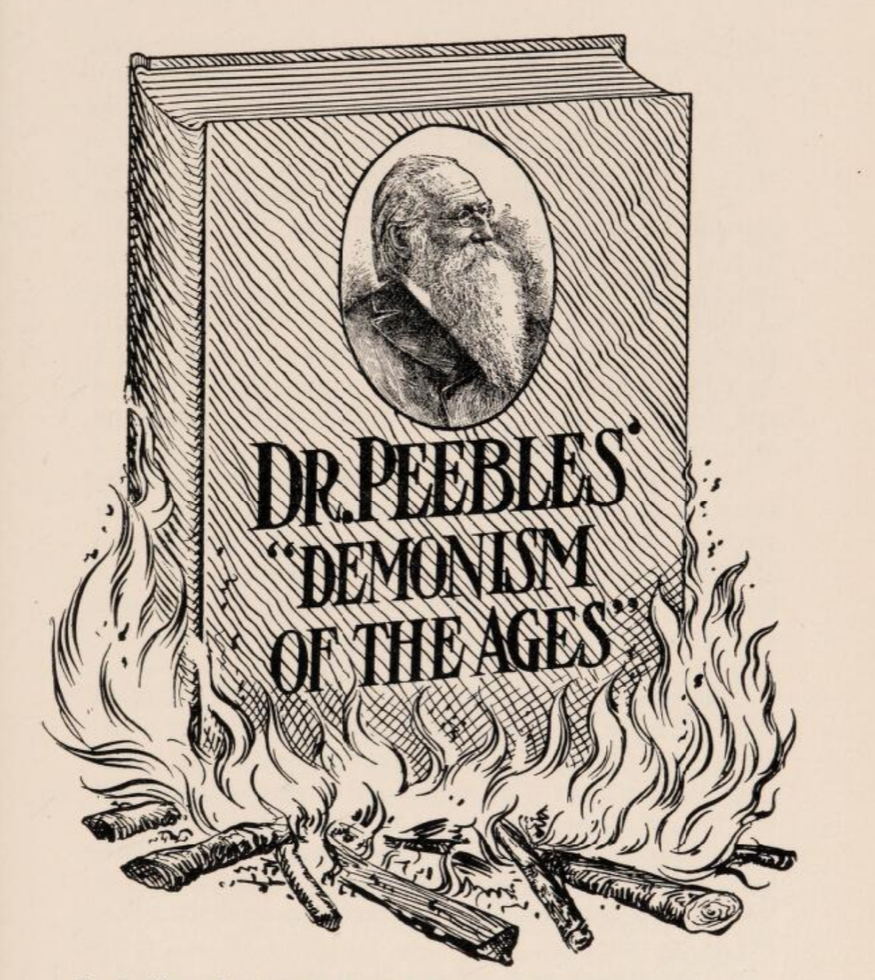
Drawing of Dr. Peebles’ Demonism of the Ages burning, from the book Demonism of the Ages by Dr. Peebles (1904). Source: Wellcome Library



Drawing of Dr. Peebles’ Demonism of the Ages burning, from the book Demonism of the Ages by Dr. Peebles (1904). Source: Wellcome Library
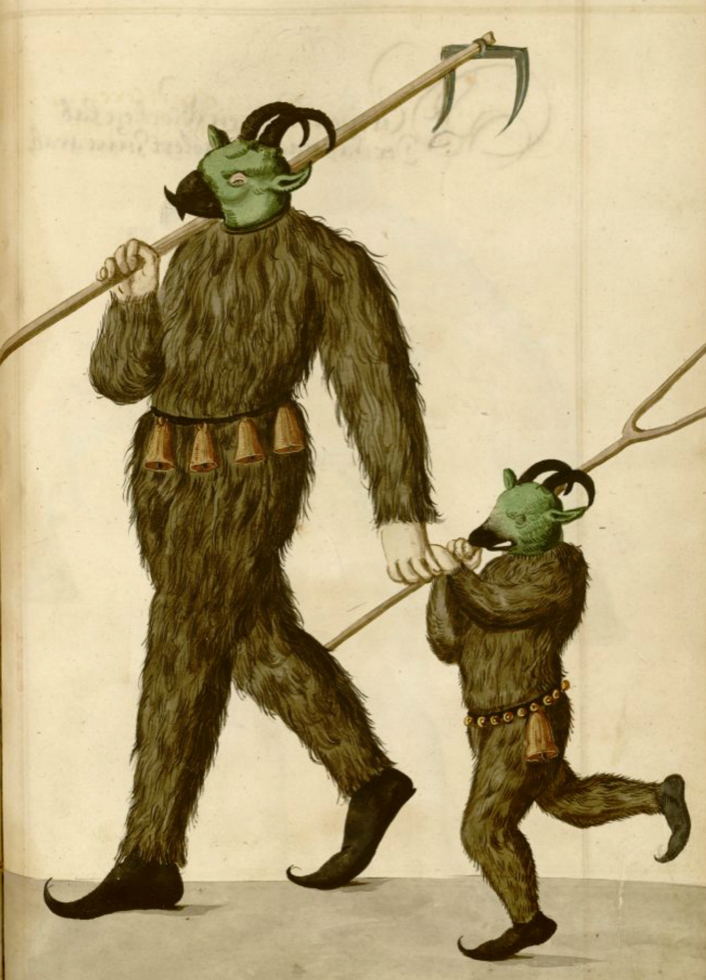
Demon costumes from the Nuremberg’s Schembart Carnival. The carnival was popular in the 15th century, with its parade of elaborate costumes and huge ships on runners, known as “Hells.” It ended after 90 years following a famous preacher’s complaint. From Schempart Buech, 1590. Source: UCLA Library Digital Collections.

“Cabala, speculum artis et naturae, in alchymia” by Stephan Michelspacher, 1616, is a short pamphlet about hidden secrets in 4 works of art. The book claims that only masters of alchemy will fully understand them, but gives hints to their meanings relating to: chemistry, astrology, philosophy, art, virtues, and the natural elements.
From Embassy of the Free Mind, and translated on Seculo Spiritus Sancti
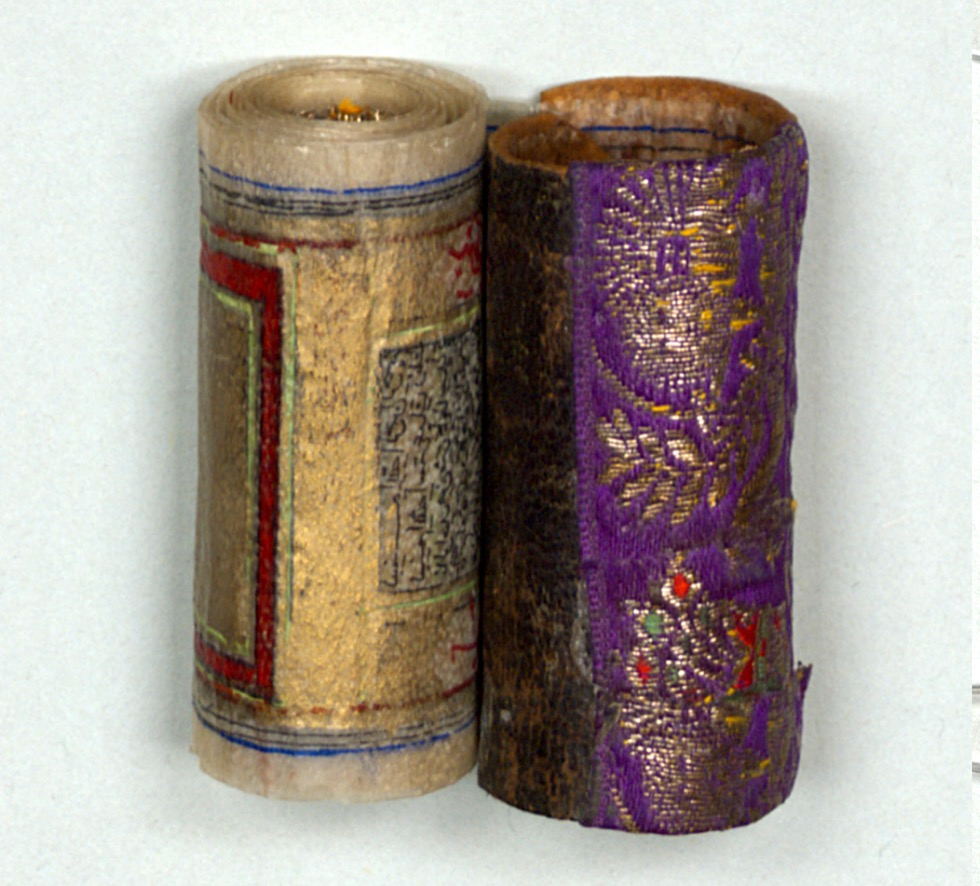
This 18th century hijab scroll contains sacred text, with a veiled meaning (hence hijab), that protects it’s owner from evil. Usually carried by children, it repels devils, evil spirits, and jinn while calling on God’s protection from calamity, disease, suffering, ruin, and inundation. Source: Bavarian State Library
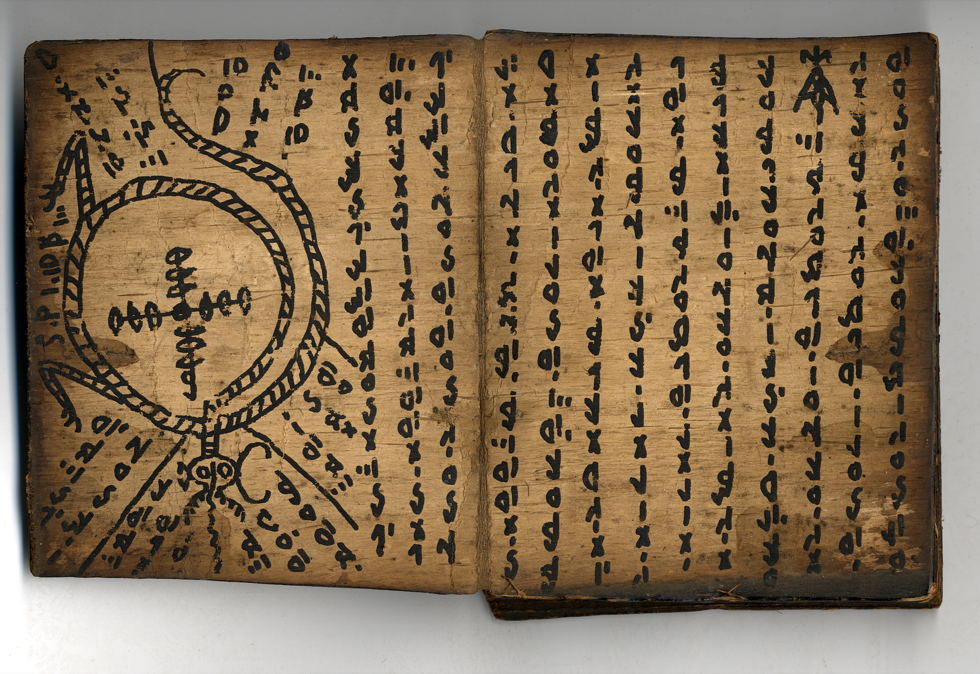
Pustahas were books of magic, made of tree bark, used by spiritual leaders of the Batak people of Northern Sumatra. The first of these pustahas is inscribed with instructions on how to protect oneself from evil. Source: KITLV & Rijksmuseum voor Volkenkunde
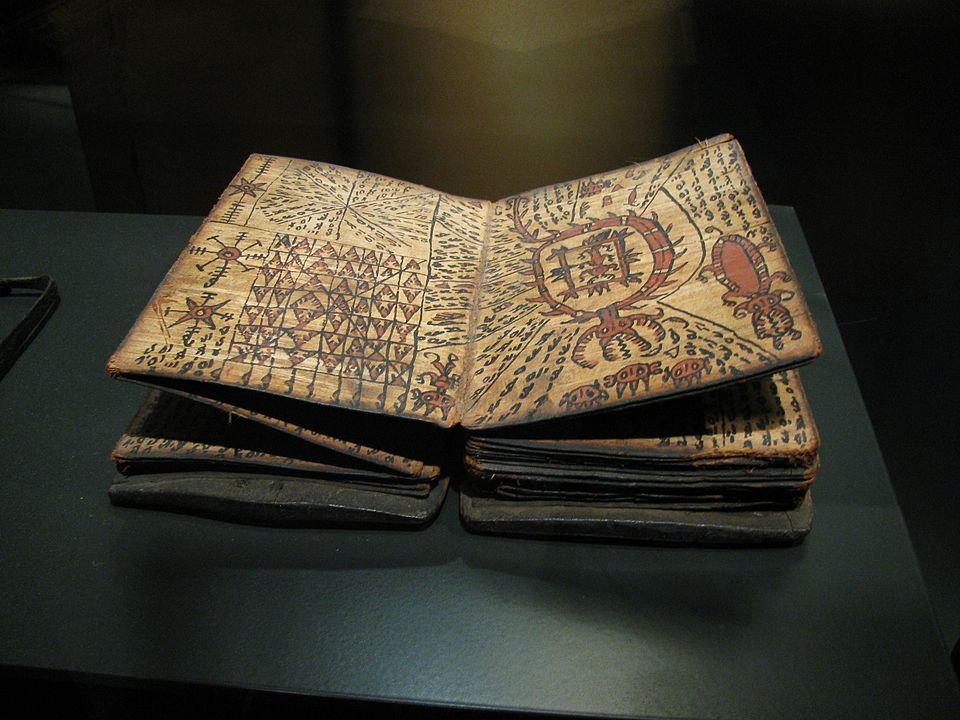
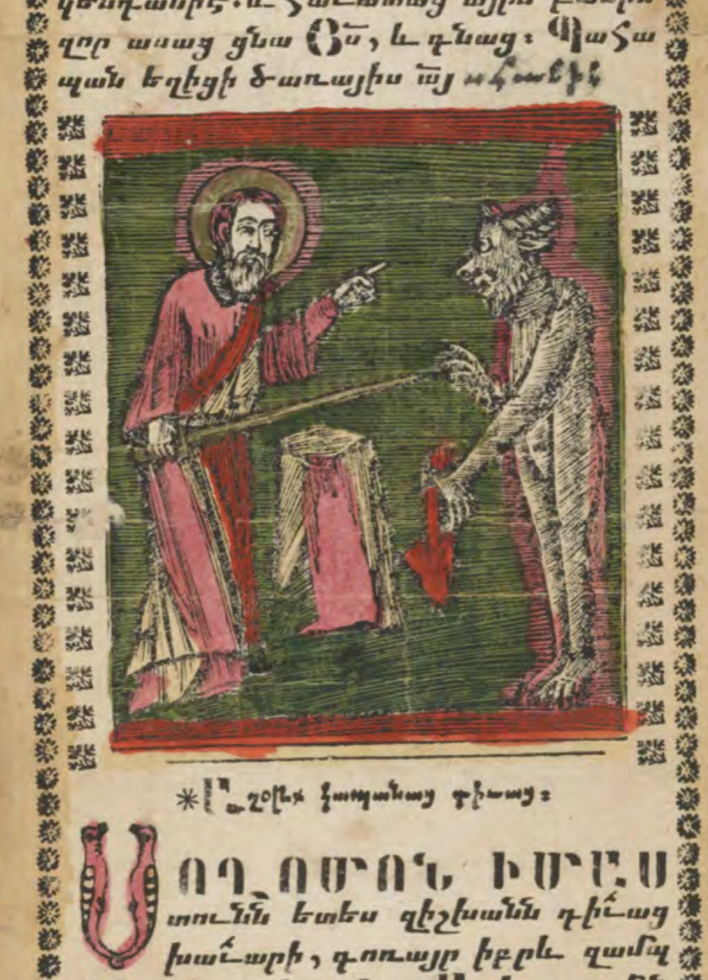
Hmyail are Armenian prayer scrolls, meant for the home and travel, that were used in the 17th century for sermons, magical formulas, and warding off demons. From: The Library of Congress
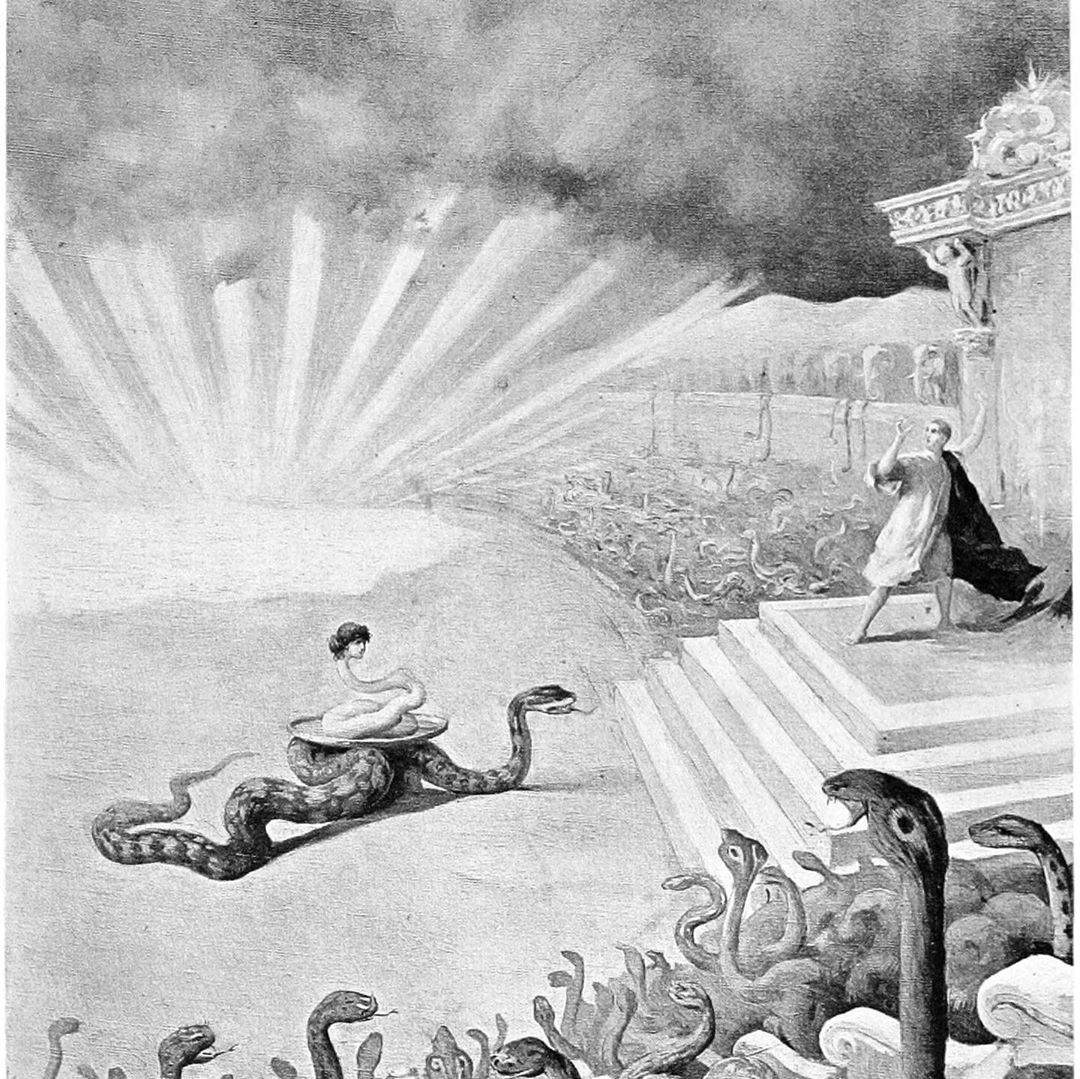
The preeminent source of jinn-lore is One Thousand and One Nights (aka Arabian Nights), a collection of tales from Arabic, Persian, Egyptian and Mesopotamian traditions. The evolving collection has stories of characters we know today, like Aladdin and Sinbad.
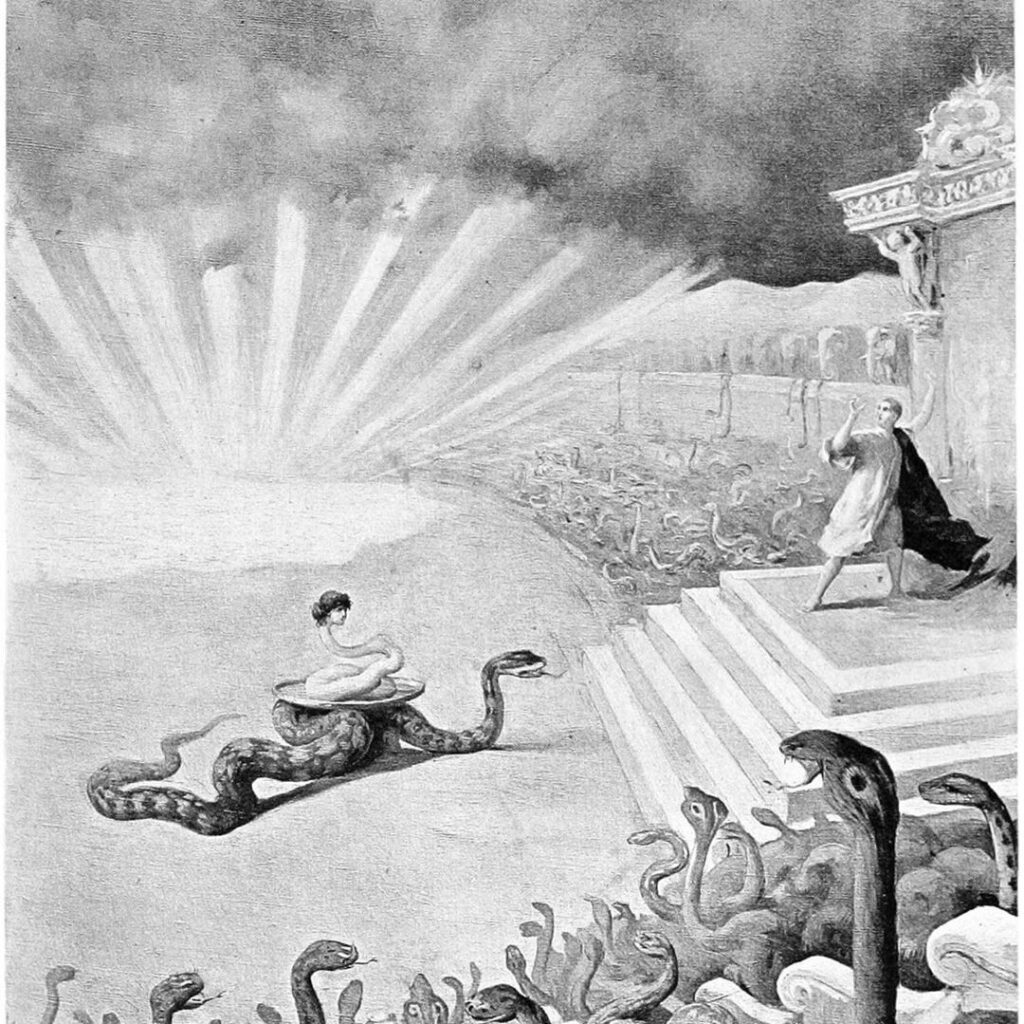
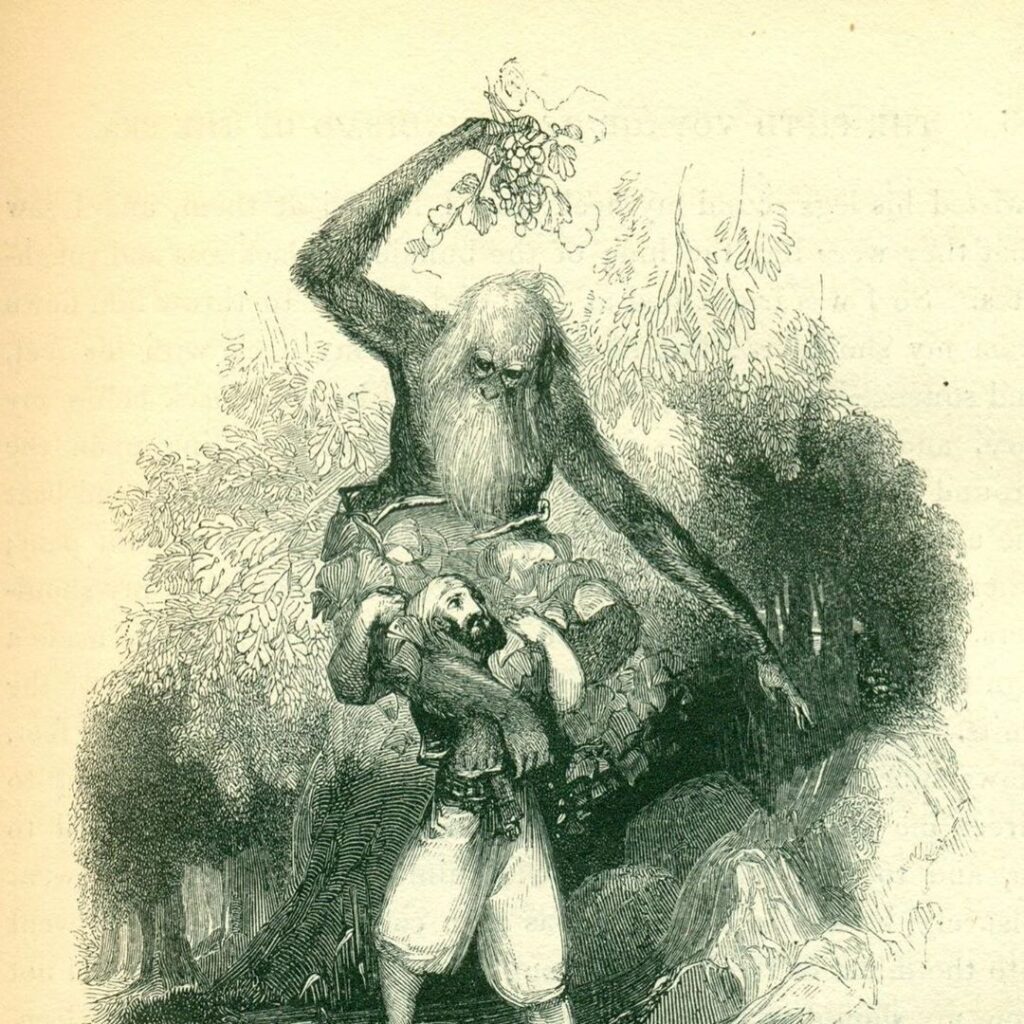
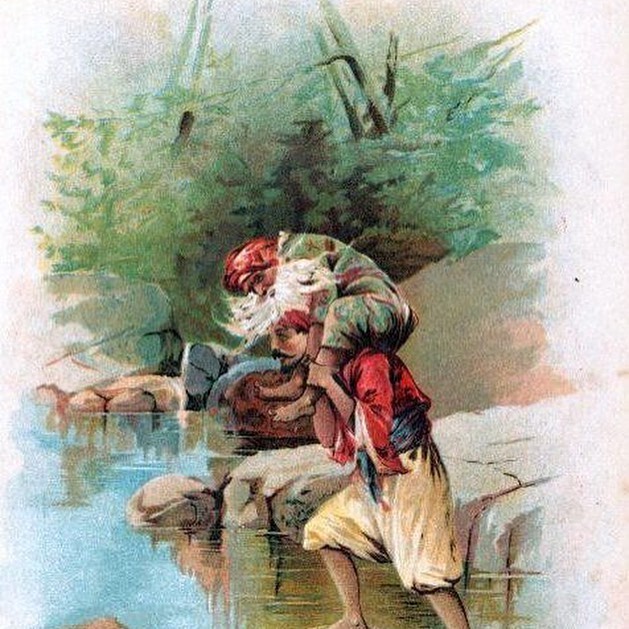
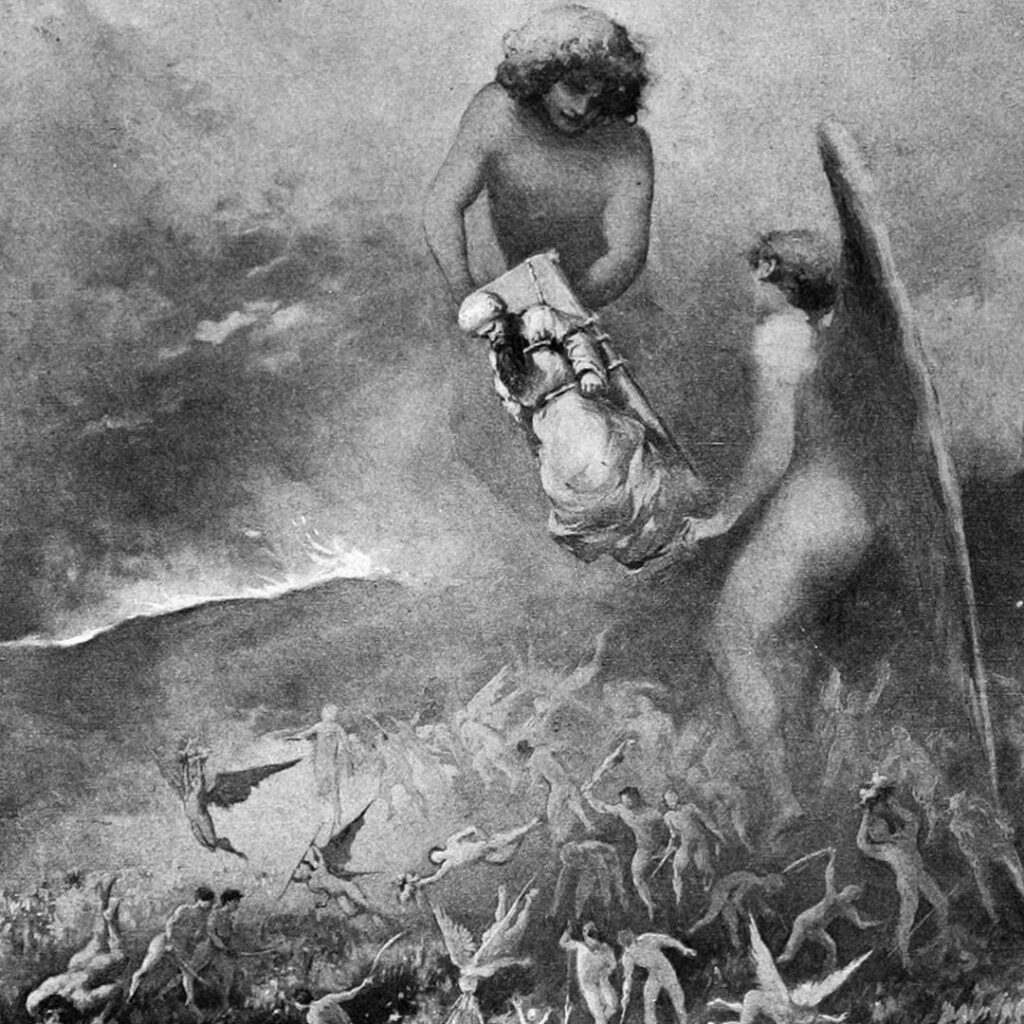
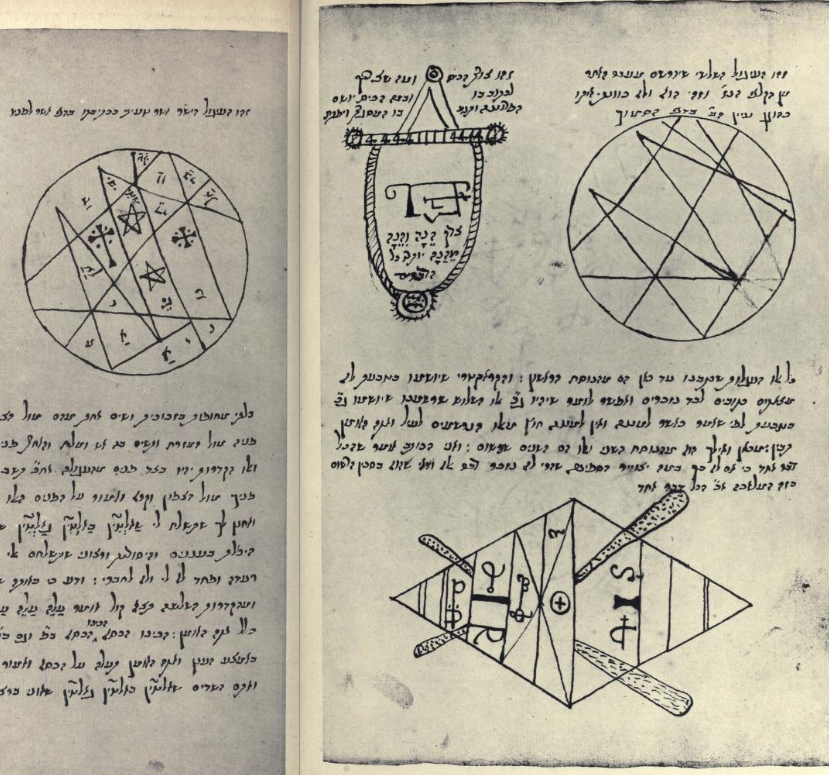
(Originally written as Kendra Temples)
While working at the Occult library during the time I wrote about in The Secret Name, I came across a lot of really cool old grimoires and books on demonology. But you don’t have to get a job working in a creepy mansion like I did to experience these gems. The magical Internet Archive has scans of many of them, entered into the public domain for your perusal. You can actually virtually flip through the original copies of these books. So cool!
Below are four books I picked out for you that you can read right now. FYI, I can’t be held responsible for any demon possessions, curses or hauntings that may arise from reading and/or practicing the magic in these books.
This book, first published in 1818, is a catalog of different types of demons, divinations, occult sciences, witchcraft, superstitions and supernatural beliefs. It’s written in French, and I’m not aware of any public domain translations into English, but it’s worth perusing for the incredible illustrations by Louis Le Breton—even if you can’t read a word of it.
This grimoire dating back to the 14th or 15th century is pseudegraphical, which means it’s written by an anonymous writer and attributed to a historical figure—in this case King Solomon. The spells in the book range from practical, such as finding stolen items, to fantastical and dangerous—such as summoning spirits and demons. Despite conjuring spirits of the dead and describing how to perform animal sacrifices, this is not a black magic book and the power of its spells come from God, who’s mentioned quite a bit.
Iohé Grevis put a conjuration on the book itself that prevents its powers being used by anyone who is impure, unworthy, and/or not God-fearing. So if you try any the spells and they don’t work, you know who to blame! I included both the translation and scans of the original below. If you want to learn more about it, there is a pretty good episode of Stuff They Don’t Want You to Know that covers it.
This is another pseudegraphical work, and was first published in the middle of the 16th century, 20 years after its supposed author Cornelius Agrippa’s death. And like The Key of Solomon, it deals with summoning evil spirits and souls in order to control them and have them do your bidding. It also has a lot of passages on geomancy, which is a form of divination by throwing objects on the ground.
The Picatrix is a book of magic and astrology originally written in Arabic. It’s thought to have been written in the middle of the 11th century and the true author is debated among historians. It primarily covers astrology and talismans, and has chapter names such as “The Vague Meaning of Being Has Been Concealed by Philosophers” and “Dragon Pictures, Their Functions and Influences on How to Reflect and Attract Celestial Powers as Depicted in the Indian School of Thought with Examples of Their Magic Works.” If only I could be so bold with my own chapter titles!
I hope you liked my selections! Have you gone digging in the Internet Archive and seen anything cool? If you have, post links in the comments so other people can see too.